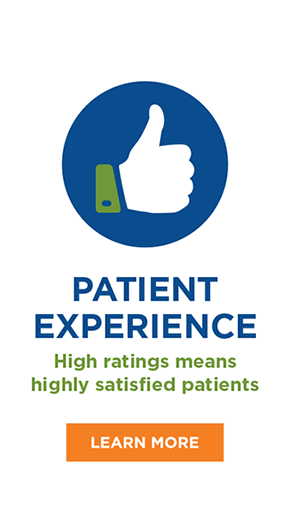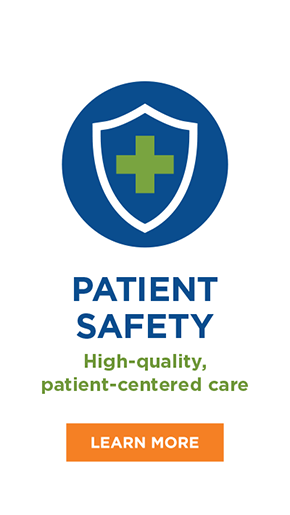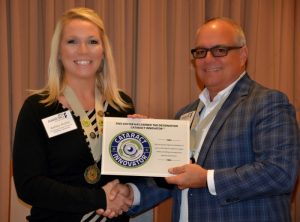About Us


Azithromycin pills online
Sleep disorders are specific, observed in 79.6% of cases. At night, due to the knocking of artificial valves, patients are unable to sleep; they spend hours listening to the work of the heart, counting the number of extrasystoles, and noting the slightest changes in the rhythm and melody of the implants. During the day, in a seemingly unfavorable noisy environment, they can sleep soundly. The neurological status is characterized by autonomic disorders - pain in the areas of the solar plexus and carotid artery, distortion of the Danini-Aschner reflex, arterial hypotension. Various options for the formation and features of the clinical picture of this nosological form are demonstrated by brief extracts from medical histories.

What it zithromax medications
Patient D., 38 years old, underwent implantation of an aortic valve prosthesis. The immediate postoperative period proceeded normally. After the operation, the sinus rhythm of cardiac activity with single extrasystoles was restored. I felt the melody of the prosthesis on the 6th day. The initial psychological reaction was adequate. The mental status showed signs of an asthenic state. By nature he is impressionable, restless, emotionally labile. Following the advice of his relative-doctor, he began to regularly monitor his pulse, recording the data in a special diary. Gradually, there was a shift in behavior - I began to carefully monitor the activity of the heart, listen to the work of the implant, noting the slightest changes in the character and rhythm of its melody, counted and recorded the number of extrasystoles. I asked the staff and neighbors in the ward about how long the prosthesis was designed for, what it was made of, whether the metal would rust, whether the plastic would crack, etc. My sleep was disturbed due to the fact that I could not distract myself from counting the number of heartbeats . There was a fear of the artificial valve breaking. When examined after 2 years 3 months. after the operation, the depressive-phobic radical predominated in the structure of the syndrome.
 In this case, the provoking role in the occurrence of mental disorder was played by iatrogeny, which, against the background of an asthenic state, despite an adequate primary reaction to the fact of prosthetics, changed the favorable nature of cerebrocardiac relations and led to their formation in an inadequate (psychopathological type), which predetermined subsequent development of Skumin's syndrome.
In the described case, the symptom complex was formed in a patient with a hyponosognostic personality reaction, which was hypercompensatory and defensive in nature. The frustration suffered led to a reassessment of values and a violation of psychological defense with the subsequent development of Skumin's syndrome.
In this case, the provoking role in the occurrence of mental disorder was played by iatrogeny, which, against the background of an asthenic state, despite an adequate primary reaction to the fact of prosthetics, changed the favorable nature of cerebrocardiac relations and led to their formation in an inadequate (psychopathological type), which predetermined subsequent development of Skumin's syndrome.
In the described case, the symptom complex was formed in a patient with a hyponosognostic personality reaction, which was hypercompensatory and defensive in nature. The frustration suffered led to a reassessment of values and a violation of psychological defense with the subsequent development of Skumin's syndrome.
In this case, against the background of the initial asthenohypochondriacal state, an inadequate (psychopathological) reaction to the fact of heart valve replacement developed. Subsequently, there was a focusing of senestopathic-ipochondriac manifestations on the activity of implants with the addition of agrypnic, cardiophobic, anxious-depressive symptoms. As a result, a syndrome was formed. Thus, Skumin syndrome has a fairly clear clinical picture and typical dynamics (phasicity). There is a characteristic change in the main psychopathological radical. Initially, senestopathic-hypochondriacal disorders predominate, then obsessive-phobic disorders, and subsequently a persistent anxious-depressive state occurs.
The preparatory stage corresponds to the preoperative period and lasts 6�12 days. His tasks. 1) study of the mental state, 2) establishment of psychotherapeutic contact, 3) psychological preparation for cardiac valve replacement. To prevent the occurrence of the syndrome, sessions of rational and suggestive psychotherapy are conducted in reality and in a state of hypnosis. Patients are informed about the peculiarities of the functioning of the heart after surgery, and psychologically adapt to the emergence of new unusual sensations. They are given confidence in the reliable functioning of the heart after valve replacement.
